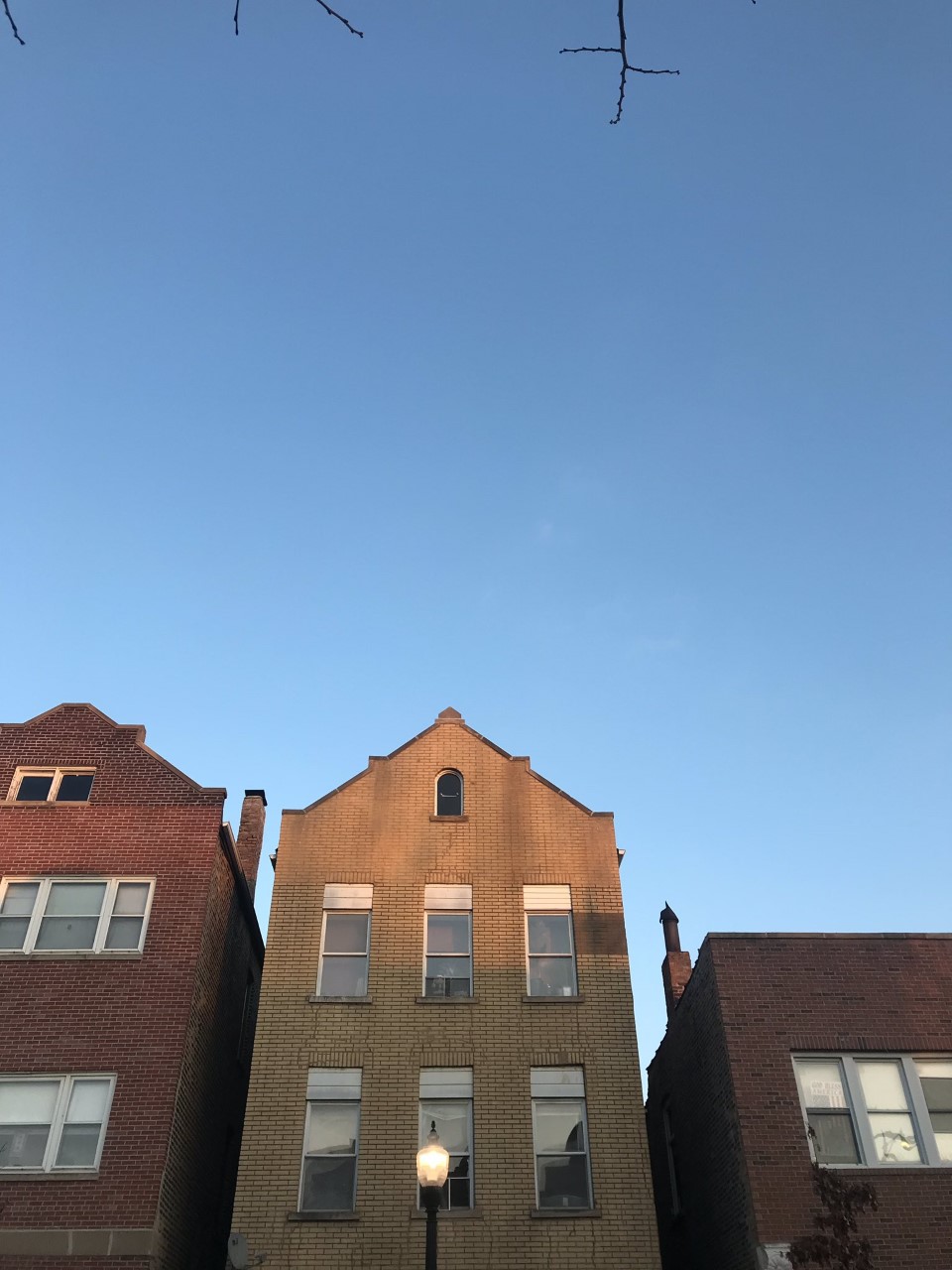Event

Join in person!
McNeil Building 414, Urban Studies space
3718 Locust Walk
Speaker: Andres Villatoro, Ph.D. Student, Sociology
Discussant: Akira Drake Rodriguez, Assistant Professor, City and Regional Planning
Abstract:
There is a growing understanding of the role reputation has on how individuals make sense of neighborhoods and place, however, less is understood of how this unfolds in neighborhoods that are deeply stigmatized. This study investigates how individuals differently manage the stigmatized reputation of place and home. Through in-depth interviews with residents of Bridgeport, a Chicago neighborhood known for its racially exclusive and politically conservative history, I find that residents employ divergent and oftentimes contrasting neighborhood narrative frames (Small 2004) to manage the stigmatized reputation of their neighborhood. One cohort of residents echoed Parker and Ternullo’s (2022) “social integrationist” newcomers and were primarily younger, liberal, and nonwhite. This frame viewed the neighborhood through the growing reality and anticipation of neighborhood change as Bridgeport becomes increasingly diverse through the succession of Asian and Latinx immigrant groups as well as younger white liberals. Concurrently, however, another cohort of residents, primarily white old-timers or newcomers with previous ties to the neighborhood or area, view the neighborhood as idyllic with a strong sense of community. Both neighborhood narrative frames, in addition, center on managing the reputation of the stigmatized old-timer, which residents usually associate with the most spoiled neighborhood identity: white, racist, and politically conservative. One cohort emphasizes their decreasing presence in the neighborhood as diverse newcomers move in, while the latter cohort engages in sanitizing or nuancing their problematic past. Managing the neighborhood's tainted reputation then, proved to be a significant way for individual residents, old and new, to invest their neighborhood with meaning. In addition, this study finds that different frames can coexist and be employed simultaneously to manage the same stigma in the same location, particularly in the neighborhood context.
